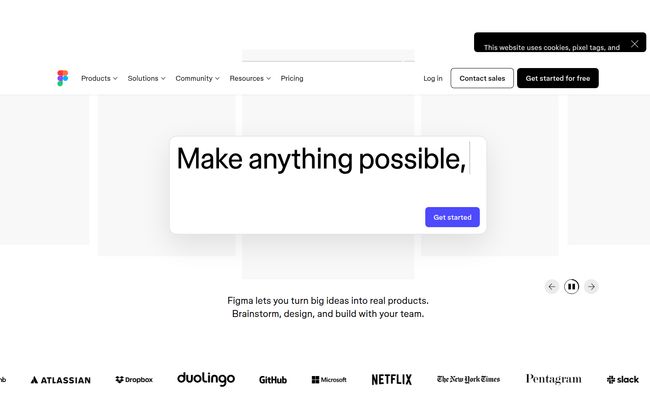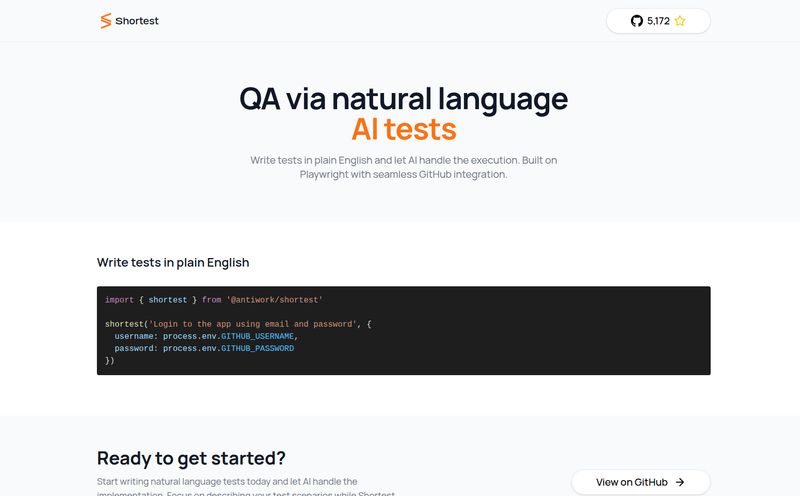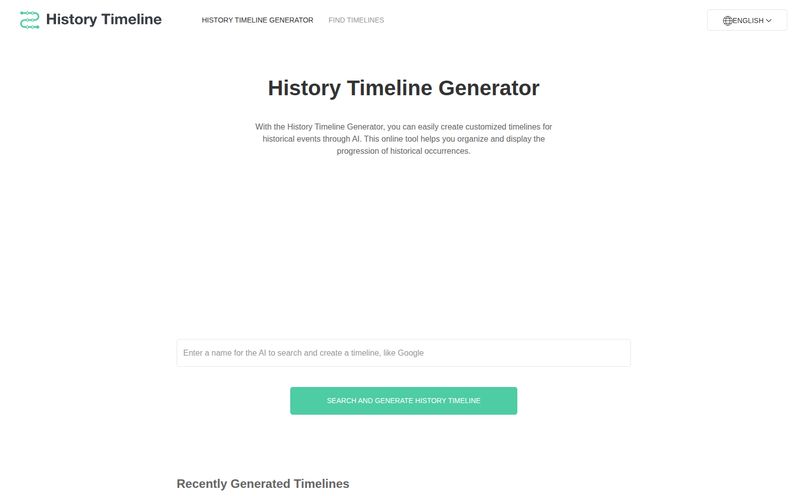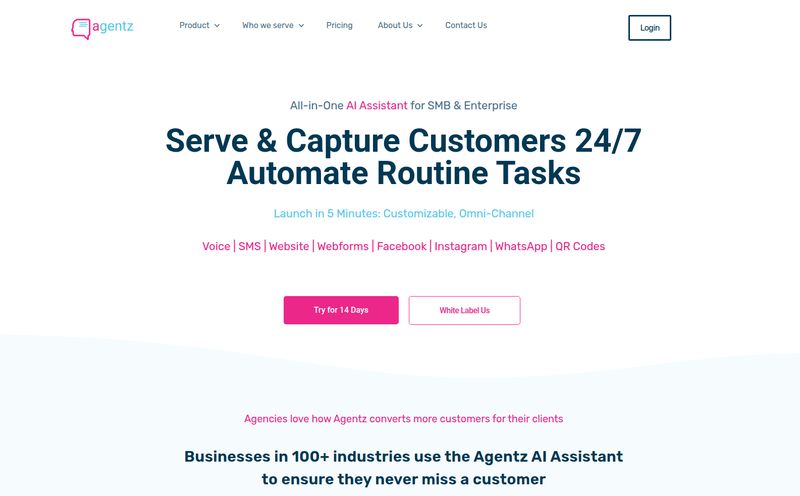I remember the dark ages of digital design. Seriously. It was a chaotic mess of passing Photoshop files back and forth, each one labeled something like 'homepage_v3_final_Jons_edits_FINAL.psd'. Developers would squint at static images, trying to guess hex codes and pixel dimensions. Feedback was a nightmare of annotated screenshots buried in a 50-email-long chain. It was... painful.
Then Figma came along. And I'm not being dramatic when I say it changed everything. It felt like someone finally turned the lights on in a room we’d all been stumbling around in. Suddenly, design wasn’t a siloed, solitary activity. It became a living, breathing, collaborative space. And for the last few years, it’s been the undisputed champ. But with new AI features popping up and competitors nipping at its heels, is it still the king? Let’s talk about it.
So, What Exactly is Figma? (And Why Should You Care?)
At its core, Figma is a web-based design tool. But calling it just a “design tool” is like calling a smartphone just a “phone.” It completely misses the point. Think of it more like the Google Docs of the design world, but on steroids. It’s an all-in-one platform where you can go from a vague idea scribbled on a digital whiteboard to a pixel-perfect, interactive prototype that you can hand off to a developer—all in one place, all in your browser.
It’s not just for UI/UX designers creating app screens, either. I’ve seen teams use it for everything: creating social media graphics, building slick presentation decks that leave PowerPoint in the dust, and even mapping out complex user flows. Its versatility is genuinely one of its superpowers.
The Features That Actually Matter to Your Workflow
Figma is packed with features, but let’s be real, you're not going to use all of them every day. After years of using this tool for countless projects, a few core things stand out as the real game-changers.
Real-Time Collaboration: The Crown Jewel
This is it. The big one. The feature that made everyone sit up and pay attention. The first time you see your teammates' cursors zipping around on the same canvas as you, editing in real-time, it's a bit of magic. It completely demolishes the version control problem. No more wondering if you have the latest file. The file is the file. It’s always live, always up-to-date.
This transforms design reviews from a formal, scheduled event into an ongoing conversation. A product manager can pop in and leave a comment directly on a component. A copywriter can edit text right in the design. It sounds simple, but it fosters a level of shared ownership that's incredibly powerful. It makes design a team sport.
Dev Mode: Bridging the Gap Between Design and Code
For years, the handoff between design and development has been... let's say, tense. Designers create beautiful things; developers try to translate them into code, often with things getting lost in translation. Dev Mode is Figma's attempt to build a solid bridge over that gap. It’s not just about showing CSS properties. It translates designs into usable code snippets for CSS, iOS, and Android. It also integrates with tools like VS Code and Jira, so developers can see design specs right where they work. It’s not perfect, but it’s a monumental step toward a smoother workflow and fewer headaches for everyone involved.
The AI Assistant: Friend or Foe?
Ah, AI. The buzzword of the decade. Figma has, of course, jumped into the ring with its own AI features. And honestly? It's a mixed bag, but a promising one. You can use it to generate placeholder text that’s actually relevant (goodbye, lorem ipsum), help you brainstorm ideas on a FigJam board, or even automatically organize your layers. A godsend for messy designers like me.

Visit Figma
Is it going to design an entire app for you with a single prompt? No, and I don’t think we want it to. Right now, think of it less as a creative director and more as a super-intelligent intern. It handles the tedious stuff, freeing you up to focus on the big-picture problems. It's a productivity booster, not a replacement for a designer's brain.
FigJam: The Digital Whiteboard You Didn't Know You Needed
Sometimes you need to get messy before you get precise. That's what FigJam is for. It's Figma’s online whiteboarding tool, and it’s seamlessly integrated. It’s perfect for those early-stage brainstorming sessions, user journey mapping, retrospectives, or just general chaotic ideation. You can throw down sticky notes, draw diagrams, and vote on ideas with stamps. It’s the digital equivalent of a room full of whiteboards and sticky notes, but without the cleanup.
The Unavoidable Question: Figma Pricing
Alright, let’s talk money. How much is this magic going to cost you? The good news is, you can get started for free. Here's a quick breakdown of their plans:
| Plan | Price | Best For |
|---|---|---|
| Starter | Free | Individuals and students just getting started. It's surprisingly robust. |
| Professional | $12 per editor/month (billed annually) | Freelancers and small teams who need unlimited files and shared libraries. This is the sweet spot for most professionals. |
| Organization | $45 per editor/month (billed annually) | Larger companies that need org-wide design systems, advanced security, and analytics. |
| Enterprise | Contact Sales | Huge organizations with complex needs for security and controls. |
In my opinion, the Professional plan offers the best bang for your buck. The ability to create shared component libraries is what really elevates your workflow from a solo gig to a scalable team process.
The Good, The Bad, and The Glitchy: An Honest Look
No tool is perfect, not even my beloved Figma. While the pros are massive—the collaboration, the all-in-one platform, the incredible plugin ecosystem that can do almost anything you can imagine—there are a few downsides.
First, it requires an internet connection. This is usually fine, but if you're on a spotty Wi-Fi connection or trying to work on a plane, you're out of luck. It can also be a bit resource-intesive. Open up a massive file with hundreds of artboards and complex components, and you might hear your laptop’s fan start to cry for help. And for total beginners, especially those coming from simpler tools, there can be a bit of a learning curve. You need to wrap your head around concepts like constraints and components to really get the most out of it.
Who is Figma Really For?
On the surface, it’s for UI/UX designers. But its true audience is much broader. It’s for product teams. It's for developers who want clarity. It's for marketers who need to quickly mock up a landing page. It's for content writers who want to see their words in situ. Some might argue that dedicated tools like Sketch are still better for pure, focused UI work, and they might have a point if you're a lone wolf designer. But the moment you add a second person to the project, Figma's collaborative strength just pulls it into a different league.
Frequently Asked Questions about Figma
Can I use Figma offline?
Not really. While you can open files you've already loaded, most of Figma's core functionality, especially collaboration, requires a stable internet connection.
Is Figma better than Adobe XD or Sketch?
"Better" is subjective. Sketch is a powerful, native Mac app. Adobe XD is strong within the Adobe ecosystem. However, in my experience, Figma's cross-platform accessibility (works on Mac, Windows, and web) and its superior real-time collaboration make it the top choice for most teams today.
Are the Figma AI features free?
Some basic AI features are available on the free plan, but the more advanced capabilities, particularly in FigJam, require a paid subscription.
What's the difference between a Figma and a FigJam file?
Think of a Figma file as your polished, high-fidelity design canvas for UI and prototypes. A FigJam file is your messy, collaborative whiteboard for brainstorming, diagrams, and workshops. They are separate file types but live within the same ecosystem.
Is Figma difficult to learn for a beginner?
It has a moderate learning curve. The basics are easy to pick up, but mastering its advanced features like auto layout, components, and variables takes time and practice. Luckily, their community and learning resources are fantastic.
How does the "editor" pricing work?
You only pay for team members who need to edit files. You can have unlimited "viewers" on any plan for free. This is great for sharing designs with stakeholders or clients who just need to see the work and leave comments.
My Final Take on Figma
So, is Figma still the king? In my book, yes. Unquestionably.
It’s no longer just a design tool; it’s the central hub for product development. It’s the place where ideas are born, refined, and translated into reality. The introduction of Dev Mode and AI shows that the team isn't just sitting back and enjoying their success; they're actively pushing the boundaries of what a design platform can be.
If you're in the business of creating digital products, and you're not using Figma, you're likely making your life harder than it needs to be. It has its quirks, but its ability to bring teams together and streamline the entire design-to-development process is, for me, still unmatched.



